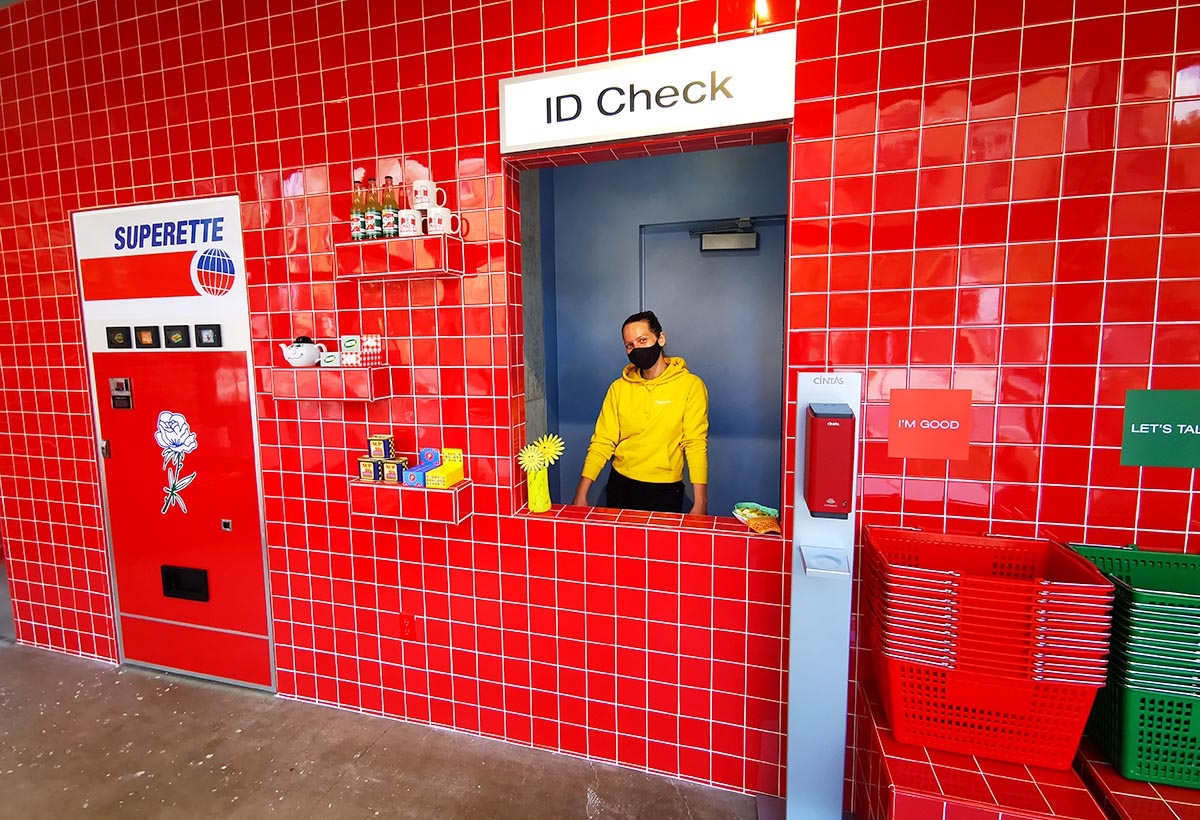
Three steps to building a rainy day fund
At some point in life, you'll need a new roof. You might need to fix your car brakes. Unforeseen events happen, and when they do, it's important to be financially prepared.
Budgets are an effective way to plan your month-to-month expenses and savings. They can also help you keep money available for the unexpected.
Here are three steps to start building your rainy day fund:
1. Determine the amount you'd like to save. This could be any amount you feel would cover your expenses in the case of an emergency. A common measure is six months of expenses in the case of job loss.
2. Once you've determined an amount, work your rainy day savings into your budget until you've hit your goal. If you'd like to save $5,000, for instance, you might want to stash away approximately $200 per month over two years.
3. Determine where you'd like to save your rainy day fund. It might be appealing to keep your money in investments that earn interest, but watch out for early withdrawal penalties on investments.
If you need guidance in planning your rainy day fund or your savings strategy as a whole, a financial advisor can guide you through the process and be your coach when it comes to finances. It's never too late to become an engaged, informed investor. Find more information online at investorcentre.ific.ca/











